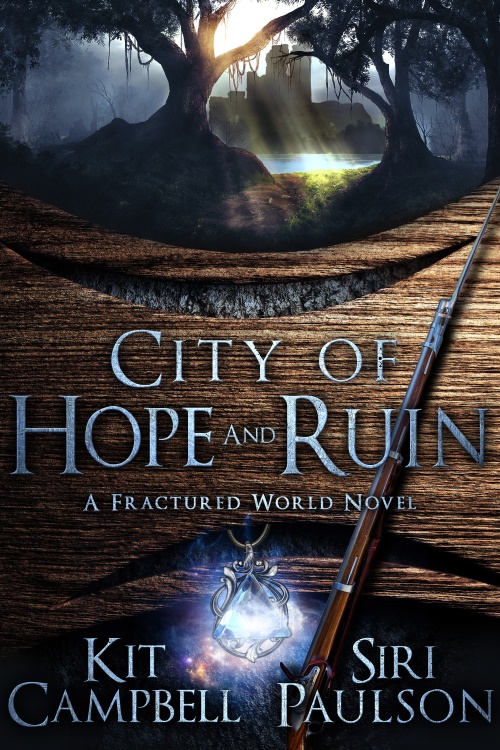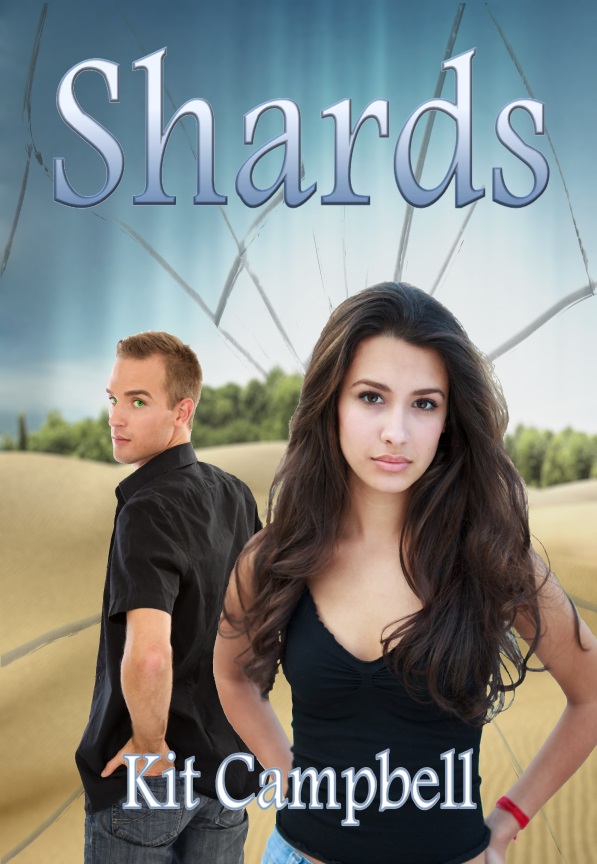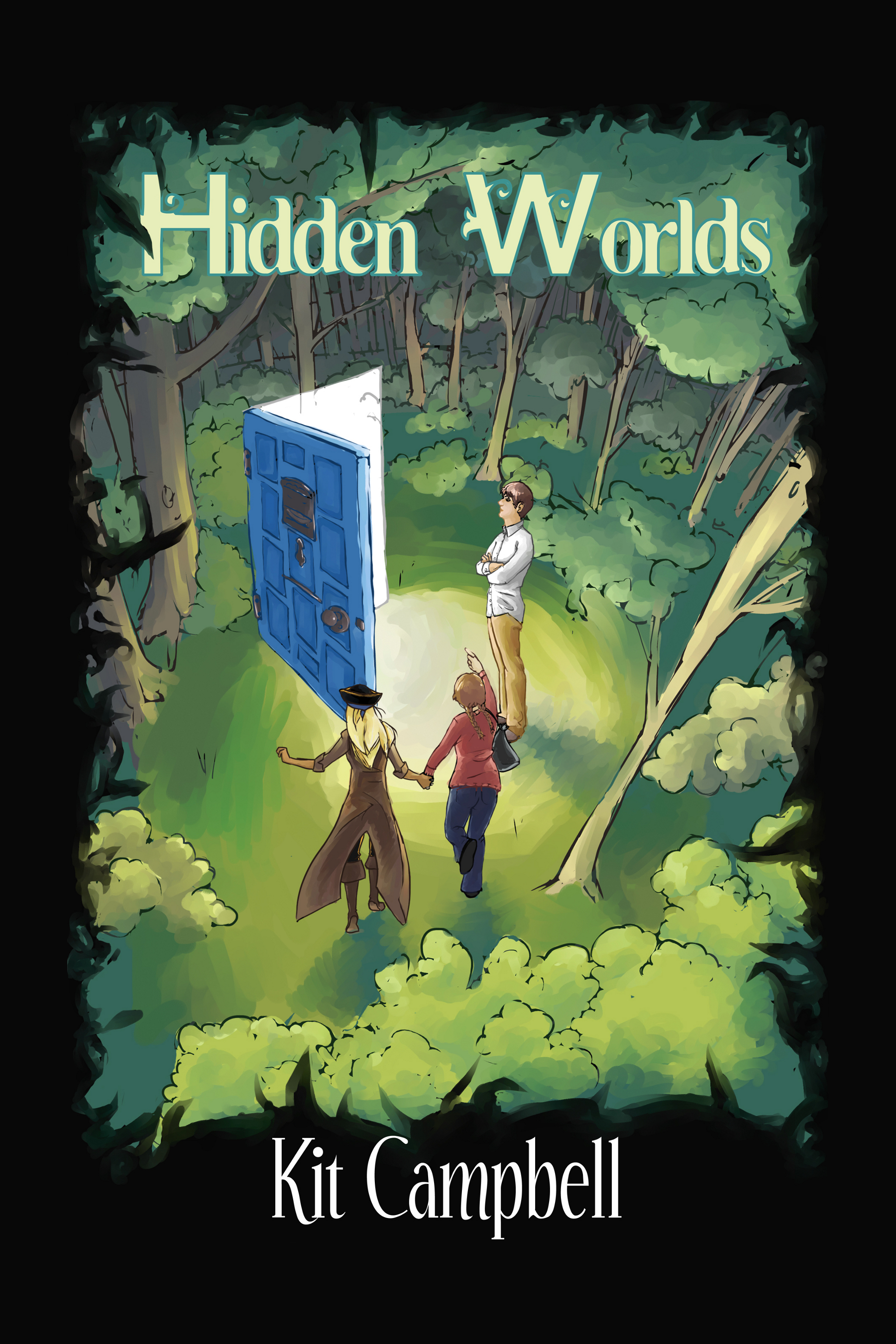The larger, mobile one and I watched Avatar: The Last Airbender (referred to as A:TLA from here on out) a few years back, which I had heard of and had recommended many times before, and had just never gotten around to. We watched the whole thing, as well as the first season of the sequel, The Legend of Korra, which we then stopped because Korra is quite a bit more mature and there were elements that I found terrifying so I wasn’t going to show it to my small child.
I mentioned something about A:TLA to him last week or so, and he didn’t remember the series at all, despite being his favorite and us reading the comments and the works. So we’re watching it again. Well, he’s watching it, and I’m watching my favorite bits, which has unfortunately included most of the third season so this week’s been a bit low on the productivity.
But I noticed again how interesting Zuko’s character arc is–oh, I should warn you that there are spoilers ahead, though to be honest, it’s been eight years since the series ended and I think that ship has sailed, and also I knew a bit about people’s arcs going into the show and it did not ruin my enjoyment of it at all.
For those that are unfamiliar with A:TLA, it’s a Nickelodeon show that ran in the mid-2000s about a world where the people are divided up into four people based on their element affiliation. Most people are normal people, but there are some who are “benders,” people who can manipulate their element in various ways. There’s one person at any time, the Avatar, who can manipulate all four elements: Earth, Fire, Air, and Water. When the Avatar dies, he or she is reincarnated into the next element in the cycle.
In the time period that A:TLA takes place in, the Fire Nation attacked the others about a century ago, plunging the world into war. The Avatar, a 12-year-old airbender named Aang, accidentally got trapped in an iceberg, and avoided being wiped out by with the rest of the airbenders, who the Fire Nation destroyed, knowing that the Avatar would be an airbender since the previous one had been a firebender. So the series focuses on Aang and his need to master all four elements so he can face the Fire Lord and hopefully put the world back into balance.
The bending worldbuilding is very good–they based each on a different martial art, and within each type of bending the movements are very consistent and logical. Earthbending, for example, features a lot of wide stances and grounding yourself; waterbending is fluid and moves quickly from form to form, etc.
Perhaps the strongest thing about the show, though, is the characters. There are several main characters, and each are given a complex and reasonable backstory. None are treated are caricatures or stereotypes, and each have flaws and strengths like real people. Not only that, but major secondary and side characters are given the same treatment. Even Aang has understandable and relatable flaws despite his being the all-powerful Avatar.
There’s five “main” characters: Aang; Katara, the last waterbender from the Southern Water Tribe; her brother, Sokka, who is the sole nonbender and functions as the tactical mastermind; Toph, a blind earthbender; and Zuko, crown prince of the Fire Nation. Sokka is probably my favorite, because he’s sarcastic and fun most of the time, but as I said above, I’ve always been fond of Zuko’s arc.
Zuko starts off as the primary antagonist, hunting down Aang and leaving a swath of destruction to get to him. But the show makes it clear that he feels he has to–he was banished three years previously, at age 13, for talking back to a general during a war meeting, and his father told him that finding the Avatar was the only way he’d ever be allowed back home. Zuko’s stuck between his cruel father who’s determined to make the Fire Nation dominate the world, and his uncle, who preaches balance and kindness. Throughout the series, he’s forced to confront his beliefs and his past constantly, which is handled well and believably. In the end, he joins up with Aang and the others to help Aang master firebending and fights directly against his family to help put the world back into balance. I know from experience how hard it is to successfully take someone from a villain to a hero, so it’s interesting to see it done well. At no point does Zuko change his core personality, which is a nice touch.
Anyway, if you haven’t seen A:TLA, you should watch it as an example of characterization done right. Yes, it’s meant for children, but they made the world and characters feel real, and put in plenty of complexity for adult viewers. It’s an easy watch too–the episodes run about 25 minutes, and there’s 20 to a season. All seasons are free to stream on Amazon, and I imagine it’s also available on other streaming services. Korra is also an excellent show, at least the parts I’ve seen, though much darker in tone. It’s obviously meant for a much older audience.
Do you have other examples of TV shows or books that do a really excellent job with their characters? Thoughts on A:TLA if you’ve seen it?



